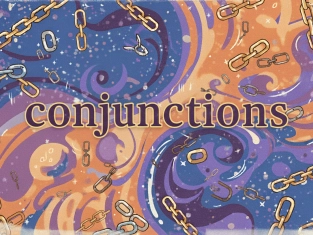Question tags – aren’t you? don’t you?
Table of Contents
Exercises
Explanation
A question tag has two parts:
-
A main sentence (positive or negative)
-
A short question at the end
We use an auxiliary or modal verb (do, does, did, is, are, was, were, have, will, can, should, etc.) and a pronoun that matches the subject.
Rule 1: Positive Sentence - Negative Tag
If the main sentence is positive, the tag is negative.
You’re a teacher, aren’t you?
She can swim, can’t she?
They have finished, haven’t they?
We should go now, shouldn’t we?
He’s coming to the meeting, isn’t he?
Rule 2: Negative Sentence → Positive Tag
If the main sentence is negative, the tag is positive.
You don’t eat meat, do you?
Sarah isn’t tired, is she?
They won’t be late, will they?
We didn’t see the film, did we?
He can’t drive, can he?
Tip: The Verb in the Tag Matches the Main Verb
Use the same auxiliary or modal verb from the sentence in the tag.
She was at home, wasn’t she?
They will come, won’t they?
You don’t like coffee, do you?
He can dance, can’t he?
Pronouns in Tags
Always use pronouns in the question tag, not names or nouns.
Your brother is nice, isn’t he?
Your brother is nice, isn’t your brother?
When Do We Use Question Tags?
-
To confirm information:
You live in London, don’t you? -
To make conversation friendly:
It’s a beautiful day, isn’t it? -
To check something:
You haven’t met my friend yet, have you?
Special Notes
-
After Let’s, use shall we? → Let’s go for a walk, shall we?
-
After I’m, use aren’t I? → I’m late, aren’t I?
-
After nothing, nobody, no one, use a positive tag → Nobody called, did they?
Summary Table
|
Main Sentence Type |
Example |
Question Tag |
|
Positive |
You like coffee, don’t you? |
Negative tag |
|
Negative |
You don’t like coffee, do you? |
Positive tag |
|
With “I’m” |
I’m early, aren’t I? |
Special case |
|
With “Let’s” |
Let’s go out, shall we? |
Special case |
|
With “nobody/no one” |
No one saw you, did they? |
Positive tag |
Using question tags helps you sound more natural, polite, and conversational in English. It’s easy to learn, isn’t it?

